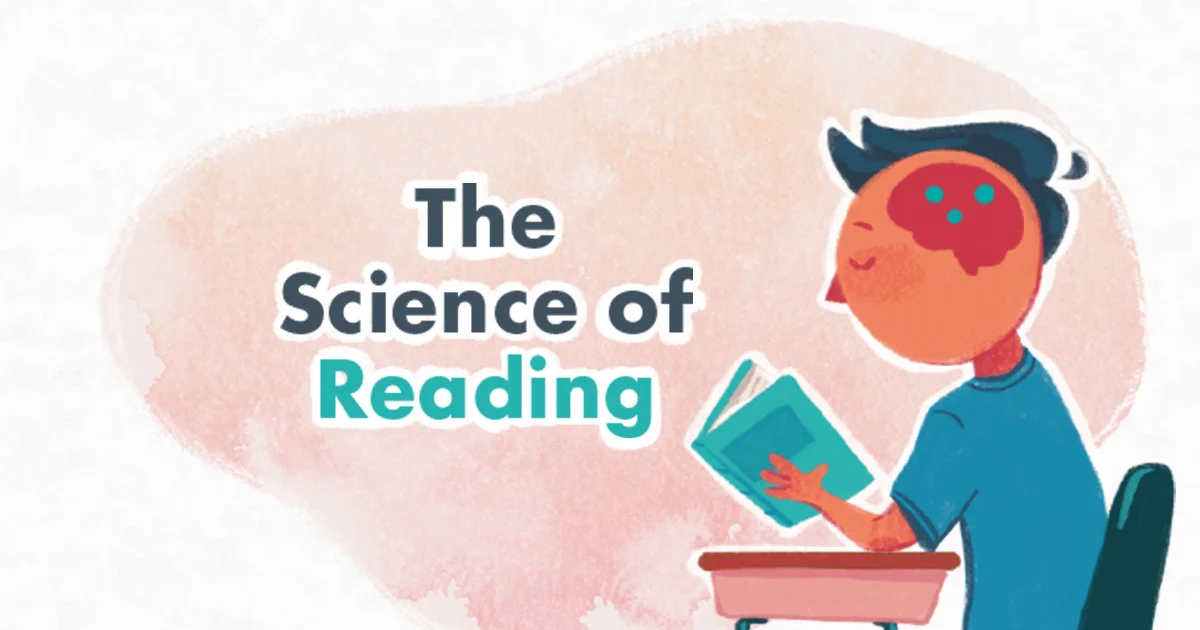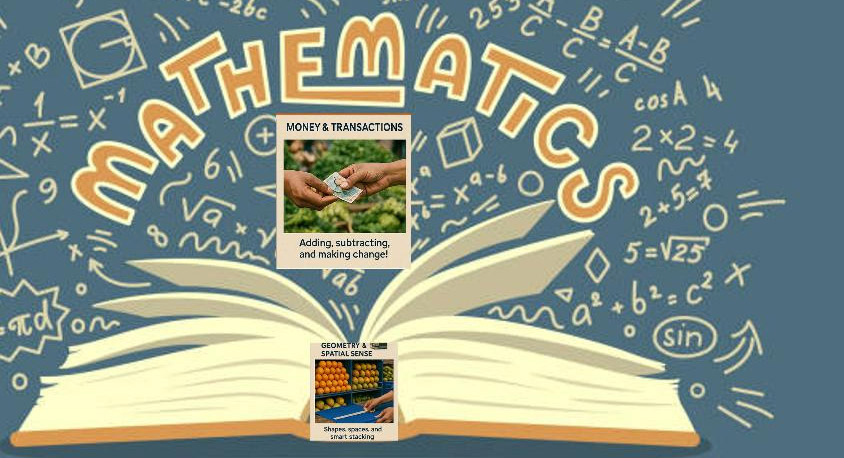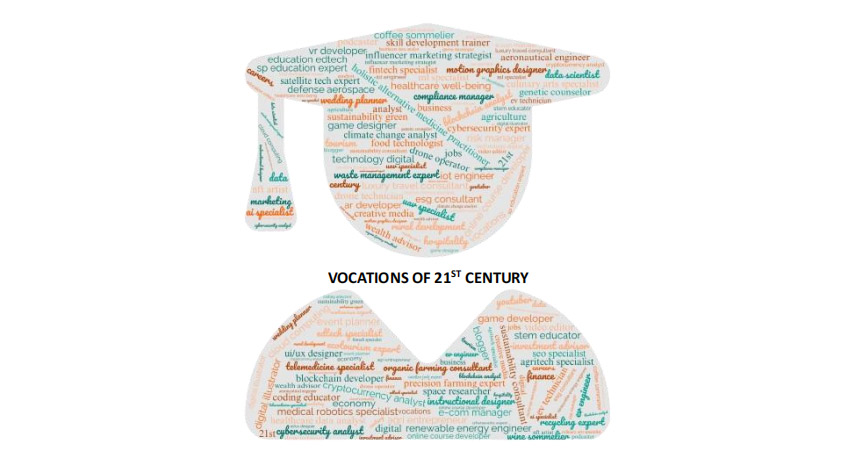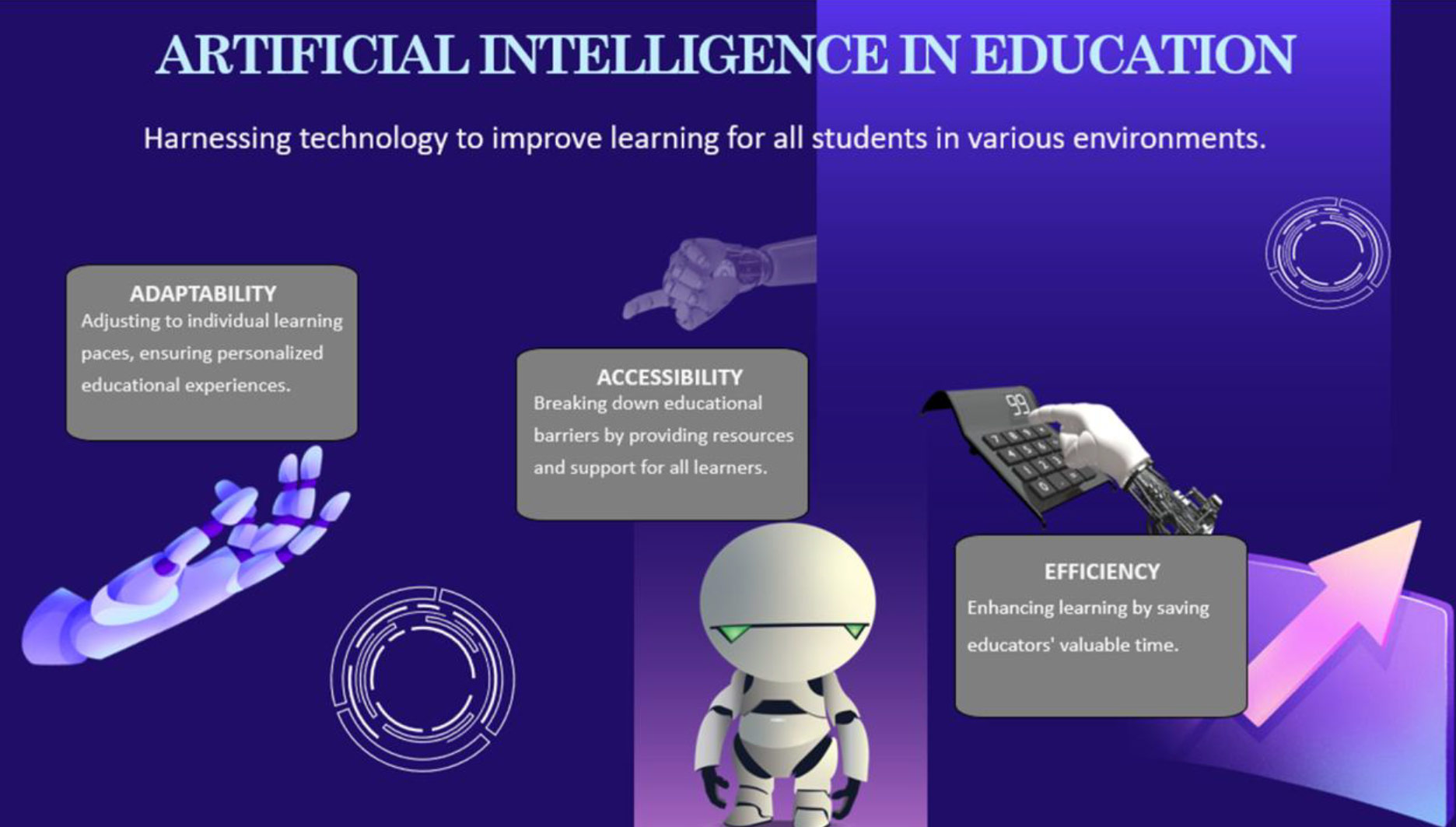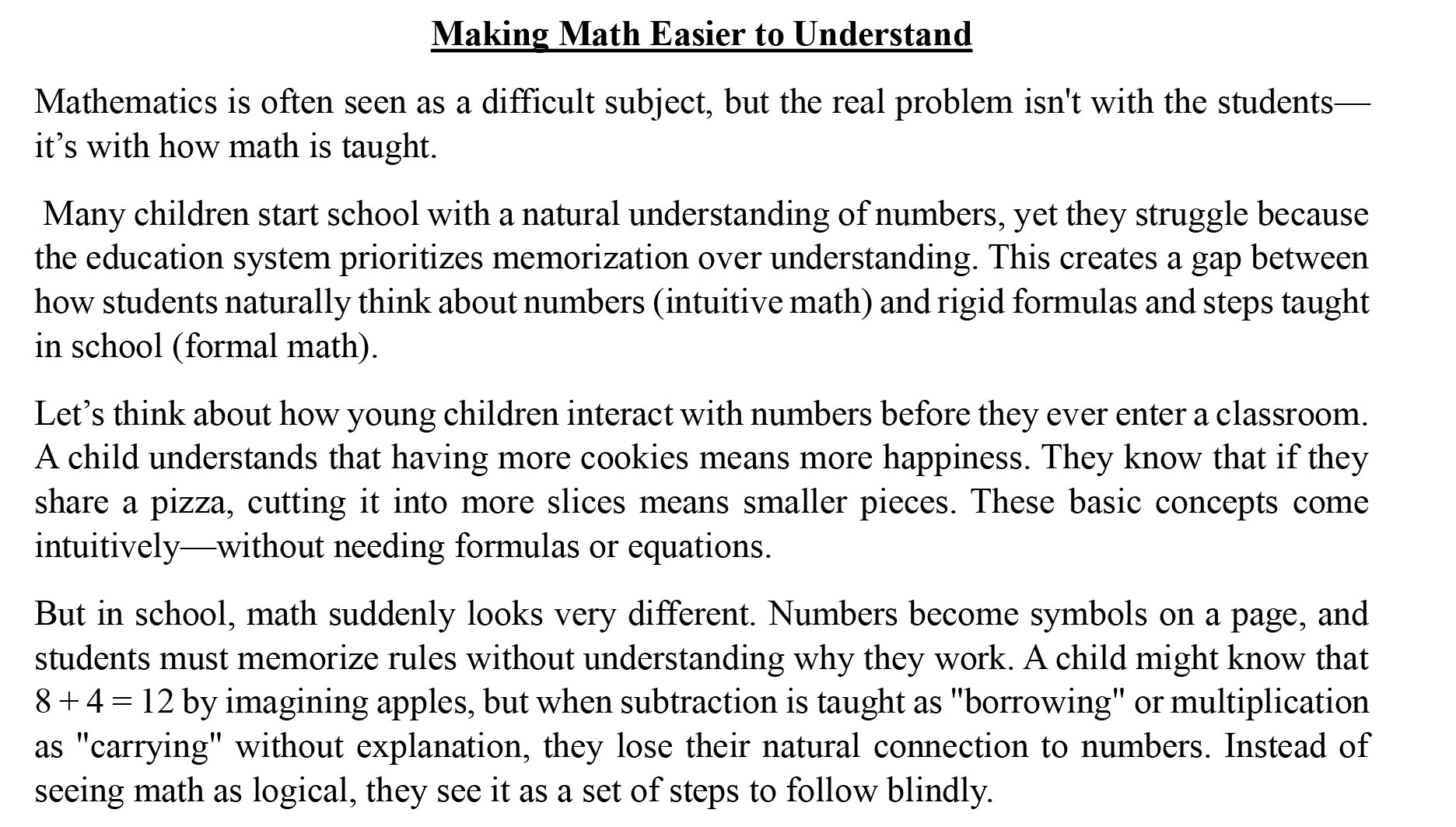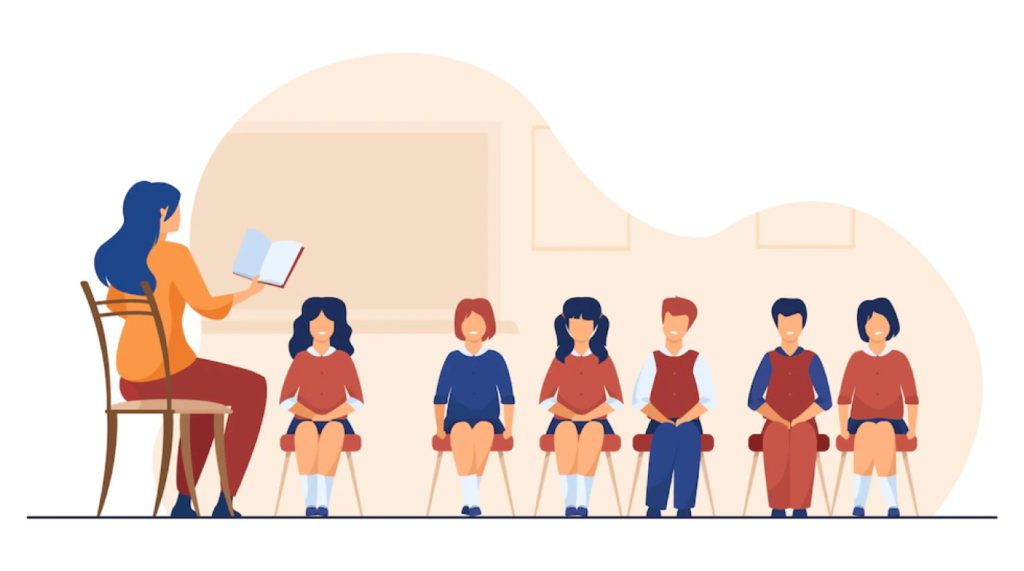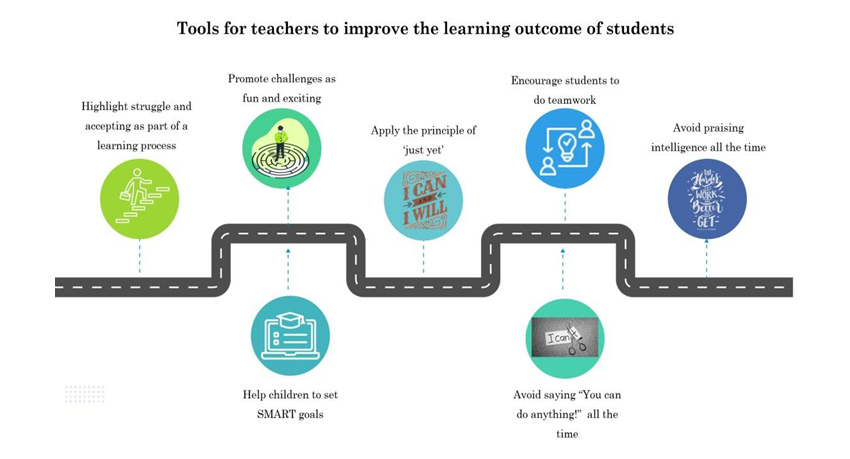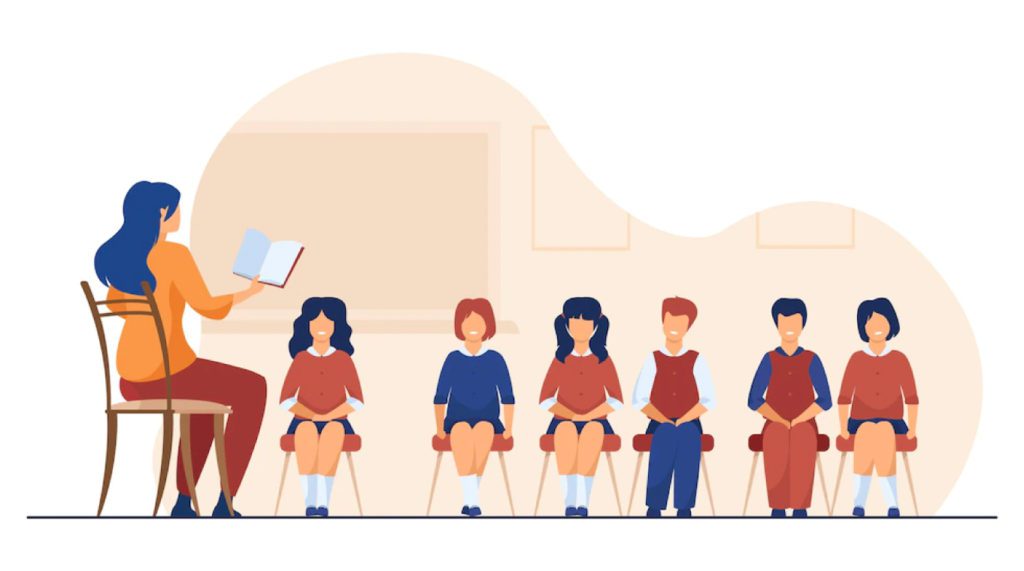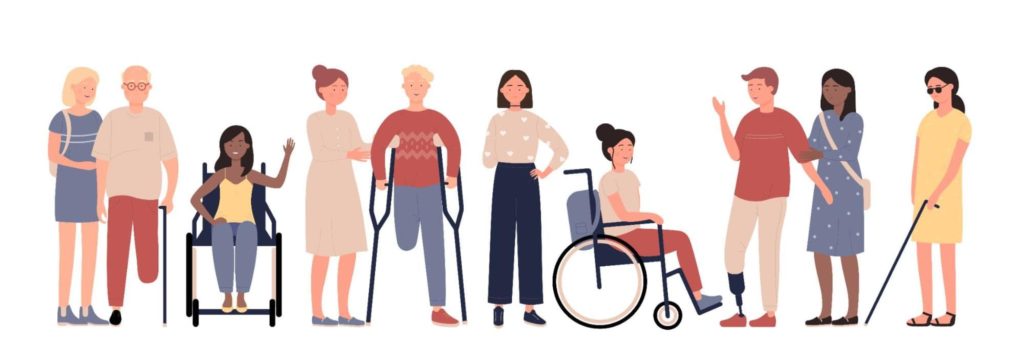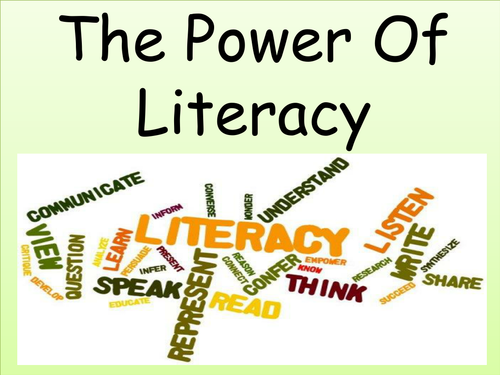What is the science of reading?
The science of reading is a vast body of research evidence accumulated over the last five decades. Researchers from the fields of cognitive sciences, developmental psychology, education, and neuroscience have tried to understand the process of reading. It entails the functioning of the brain while reading, its importance, and the skills to be mastered to become a fluent and skilled reader.
Brain and the science of reading
There is a vast body of research evidence from the perspective of neuroscience that explains how the brain works and how it functions while we read in general. The more it works, the stronger its neural circuit becomes. Simply put, reading involves thinking. The brain has to perform several intricate tasks concurrently as it reads.
To comprehend the meaning of printed texts, the brain performs several activities simultaneously. As it decodes and processes the meaning of each word, it searches its previous experiences for contexts to understand it. The more it practices such activities, the more its neural circuits get rewired and stronger. This is similar to physical exercise. Just as daily physical exercise increases stamina and muscular strength of the body, daily reading practice strengthens the neural circuits in the brain. Furthermore, neuroscientists have proven that brain development takes place mostly during the first five to eight years of a child's life. Implying that early exposure to rich language experiences in the home and at school prepares the child's brain to learn new reading skills, including phonemic awareness, decoding, and word recognition. Add to it the practice of reading daily that strengthens the reading skills as well as love for reading.
The important point to keep in mind is that ability to read does not come naturally and is not an inborn ability. Rather it became a social necessity, which means it's a cultural phenomenon. For this reason, the brain has to rewire itself. The rewiring process involves developing neural synapses and adjusting existing neural synapses to read. Reading is also a process involving certain skills, mastering which is crucial to becoming a fluent reader. Practice is key in mastering any skill. As a result, the best way to hone reading skills is to practice them. What skills does it take to become a proficient reader?
Skilled reading is the ability to read with speed and relative effortlessness. It involves the interplay of complex systems of cognitive processes and knowledge of the spoken language enabling readers to 2 decipher printed text accurately, efficiently, and fluently that allows them to focus on whole phrases or sentences at once.
The characteristics of skilled readers are:
- 1. They read fluently.
- 2. They understand the meaning of words in the context of the text
- 3. They can determine the meaning of unfamiliar words
- 4. They do not need illustrations to understand the meaning
- 5. They can read text presented in a wide range of typographic styles
- 6. They are comfortable reading long texts
- 7. They can easily produce texts themselves
Skilled readers and teacher preparedness: where do we stand?
A cursory glance at various research reports reveals that most children are far behind in being skilled readers, a milestone which should be achieved by third grade.
The fact is that teachers' classroom process to teach reading focuses more on drills and lacks meaningful context-based reading activities that allow children to make meaning, interpret, think about, and manipulate text and pictures in a variety of ways. This has resulted in a growing number of nonreaders in school, even after completing the primary level of education. The issue here is a lack of instructional time dedicated to developing reading skills. The problem lies in the lack of proper training during pre-service and in-service teacher training. Teachers do not receive proper instruction on how to teach reading. Hence, they do not realize the importance of activities that focus on making sense of the text. In the classroom, the drills used for teaching reading skills are quite mechanical and repetitive. To improve their reading skills, children should spend more time on meaning-making activities and maintain a balance between oral language and reading and writing activities. We need a group of teachers who are willing to spend a reasonable amount of time teaching reading skills to children. Furthermore, they need to prepare a good plan that includes a variety of activities to make learning an enjoyable experience for students. Developing fluency in reading begins with an intense language experience in school which in turn creates lifelong readers who enjoy reading.




